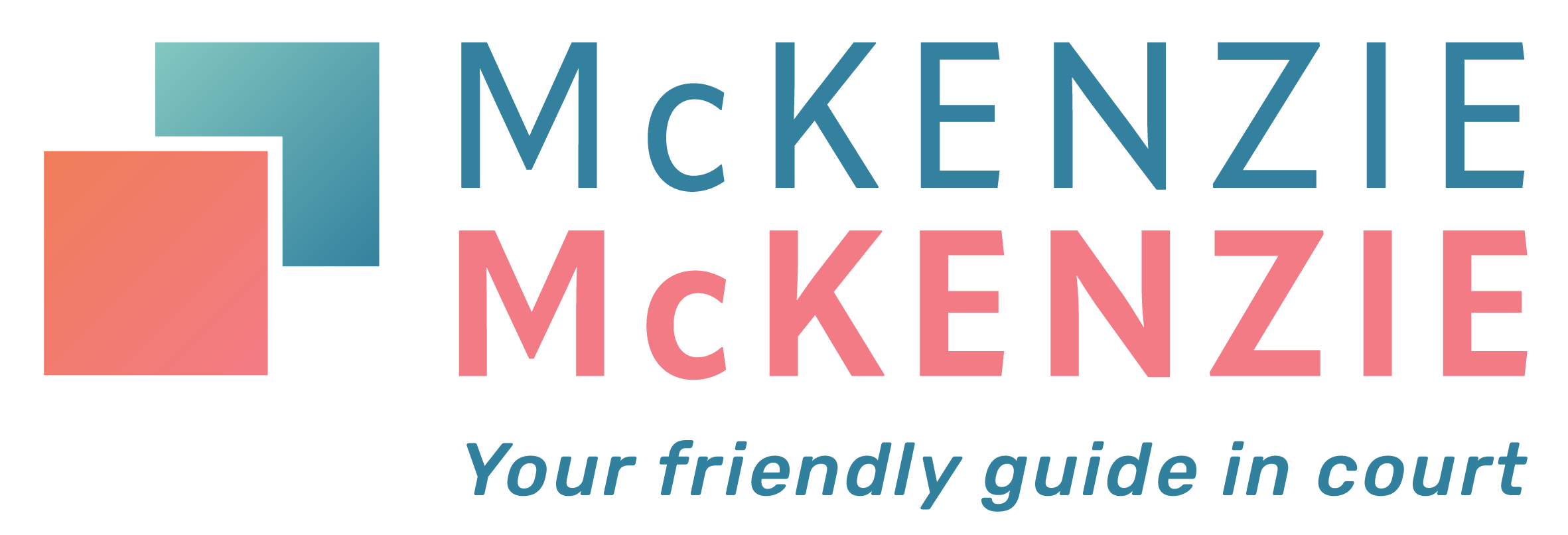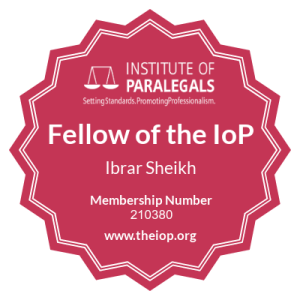Do I have to use the Child Maintenance Service (CMS) to arrange child maintenance?
No. The CMS will only ever become involved at the request of either parent or should be seen as a last resort where parents have not been able to make a family-based arrangement (where parents sort out child maintenance between themselves).
Around 1.5 million children in the United Kingdom benefit from thier parents having a family-based arrangement for child maintenance, and the number is growing.
What happens if I’m on benefits?
The law used to say that if the parent with the main day-to-day care was receiving state benefits, they had to use the old Child Support Agency to arrange child maintenance. Since the law changed, all parents – including those receiving benefits – can choose to opt-out of the Child Maintenance, and sort out child maintenance directly with the other parent. This is called a family-based arrangement.
If your child spends most his time with their other parent, and you’re on benefits, you can still make a family-based arrangement. This gives you the flexibility to agree with the other parent how much to pay and when.
What happens if both parents have equal shared care of their children?
When there is an equal shared care of the children, then the law says there is no child maintenance to be paid. If you choose to, you can make your own family-based arrangement for child maintenance.
Does the CMS keep some of the child maintenance that’s paid?
In the past, if a parent with care was on income-related state benefits, their benefit entitlement was reduced if they received over a certain amount of child maintenance. So, it might have seemed like the CSA or the government were taking some of the money being paid.
Since April 2010, any child maintenance that is paid will be passed on to the parent with care without affecting their benefit entitlement. Which means more money will reach your children.
However, there is an application fee of £20, unless you have experienced domestic abuse, are under 16 years of age, or live in Northern Ireland).
There are two types of services – direct pay and collect and pay.
Direct pay – This service is suitable for those who have agreed how the money will be paid from one parent to the other. The CMS will calculate the amount to be paid each month. The payment is made directly to the receiving parent. It is advisable to make sure that the money is paid via a standing order into the receiving parent’s bank account. This way each parent has a record of when each payment was made, and how much each payment was for. This record will be useful if the arrangement breaks down, and payments are not made, or underpaid.
The Child Maintenance Service will not deal with the payments, and they still need to be made on time and in full. If this doesn’t happen, the receiving parent will need to contact the CMS who can then arrange to enforce the payments.
Collect and Pay – This service means that the CMS will calculate the amount payable, then collect the money directly from the paying parent and pay it to the receiving parent, usually into their bank account. However, unlike Direct Pay, this service is not free. The paying parent has to pay an additional 20% on top the child maintenance amount. The receiving parent will then have 4% deducted from the amount of child maintenance paid to them.
Where can I get more information about child maintenance?
Child Maintenance Options is a free service for separated families. It provides impartial information and support to help parents sort out child maintenance and deal with many of the other issues around separation. You can call Child Maintenance Options on 0800 988 0988.
You can also read free information about child maintenance here – Money Advice Service, Citizens Advice, and Resolution.
For more information about using the Child Maintenance Service visit the Gov.uk section on child maintenance.
How do I set up a child maintenance arrangement?
Many parents find that making a family-based arrangement is the easiest, quickest and most flexible way to sort out child maintenance. This is where both parents agree on what counts as child maintenance, and when and how it is paid.
No-one else needs to get involved when you make a family-based arrangement, but if you want to you can speak to Child Maintenance Options for free, impartial help and information.
If a family-based arrangement doesn’t work for you, you may be able apply to the CMS, who can accept applications from:
- either parent
- children aged 12 or over who live in Scotland
- other people caring for children who need child maintenance
Which children are covered by child maintenance?
Child Support legislation governs the level of child maintenance that should be paid by a natural parent who is not resident in the child’s household, to the parent with main day-to-day care of the child.
For child maintenance purposes, a child is anyone under 16 years of age, or someone between 16 years and under 20 years who:
- is not, nor has ever been, married or in a civil partnership, and
- is in approved education or training.
However, in certain circumstances, someone under 20 can still be regarded as a child for child maintenance purposes even if they are not in approved education or training.
How much child maintenance should be paid?
With a family-based arrangement, you and the other parent can agree between yourselves how much child maintenance should be paid, and how often.
A family-based arrangement would also allow for times where you would rather pay for or receive specific things for your child, for example new clothes or a school trip, instead of money.
You can get an idea of what your payments should be, using the child maintenance calculator. You could use this figure as a starting point for a family-based arrangement.
If you still cannot agree on an amount, the Child Maintenance Service can calculate a child maintenance amount for you.
How does the Child Maintenance Service calculate child maintenance?
The Child Maintenance Service (CMS) calculates an amount using rules set out by Child Support law. This amount is based on:
- the gross income of the paying parent, this can include wages, income from a pension and other taxable income, and
- the number of qualifying children the paying parent lives apart from.
- the number of other children the paying parent also pays child maintenance for
There are four rates of child maintenance.
1. Nil Rate
This means that the paying parent doesn’t have to pay any child maintenance. The nil rate applies to a paying parent who:
• has a gross weekly income of less than £7
• Is a child under 16 or a young person under 19 who is in full-time non-advanced education (up to A-level or equivalent)
• Is a person who is aged 16 or 17 and in receipt of income support or income-based jobseeker’s allowance
• Is a young person getting a work-based training allowance
• Is a custodial prisoner
• Is in a nursing home, or in residential care, and is on certain benefits, or getting help with fees
• Is a patient in hospital who has had their benefits reduced.
2: Flat rate – £7 a week
This rate is used where the paying parent:
• Is in receipt of income support, income-based jobseeker’s allowance or pension credit. The flat rate will also apply if their partner claims for both of them
• Receives an income of below £100 a week
• Is claiming certain benefits such as incapacity benefit, contribution-based jobseeker’s allowance, employment and support allowance, retirement pension, or invalid care allowance.
• Is in receipt of universal credit and has no earned income
3: Reduced rate
The rate applies when the paying parent has a gross income between £100 and £200 a week.
Any income over £100 a week will be calculated for child maintenance. A percentage will be deducted based on the number of children the receiving parent is claiming child maintenance for, and the number of other children living with the paying parent. £7 will be added to this amount. The total figure is rounded to the nearest pound.
4: Basic rate
If none of the other three rates apply, then the paying parent will pay the basic rate. It is calculated as a flat percentage of the paying parent’s gross income (before tax and National Insurance, and other contributions are deducted). It is a two stage calculation:
Stage one: The paying parent’s gross income will be reduced depending on the number of children living with them, including step-children and children of their cohabiting partner.
Stage two: Maintenance will be calculated as a percentage of the amount remaining after any stage one deductions are made. This percentage depends on the number of children that the paying parent must pay child maintenance for.
The first £800 of any earnings is calculated on these percentages:
One child – 11%
Two children – 14%
Three or more children – 16%
Earnings over £800 per week are calculated on these percentages:
One child – 9%
Two children – 12%
Three or more children – 15%
These two amounts are then added together.
The most the CMS can take into account is £3,000 per week. If the paying parent’s gross weekly income is more than this, the receiving parent can apply to the court for extra child maintenance
You can get an idea of what your payments might be, using the child maintenance calculator. You could also use this figure as a starting point for a family-based arrangement (where both parents sort out child maintenance between themselves, with no-one else getting involved).
What child maintenance payments can a court order?
The court still retains its powers to make orders for
- the payment of school fees
- child maintenance for stepchildren or disabled children
- child maintenance for those who are in further education and certain other specific situations
It can also order that capital sums be paid for children, or that property must be made available for them, in certain circumstances.
Who can use the Child Maintenance Service?
You may apply to the CMS for an assessment (as long as there is no Court Order in force regulating payments) if you are:
A parent of the child (you do not need to be living with your child to apply),
A grandparent, or other legal guardian of the child,
A child over the age of 12 years and living in Scotland.
However, many parents find it’s quick and easier to make a family-based arrangement (where both parents sort out child maintenance between themselves, with no-one else getting involved).



